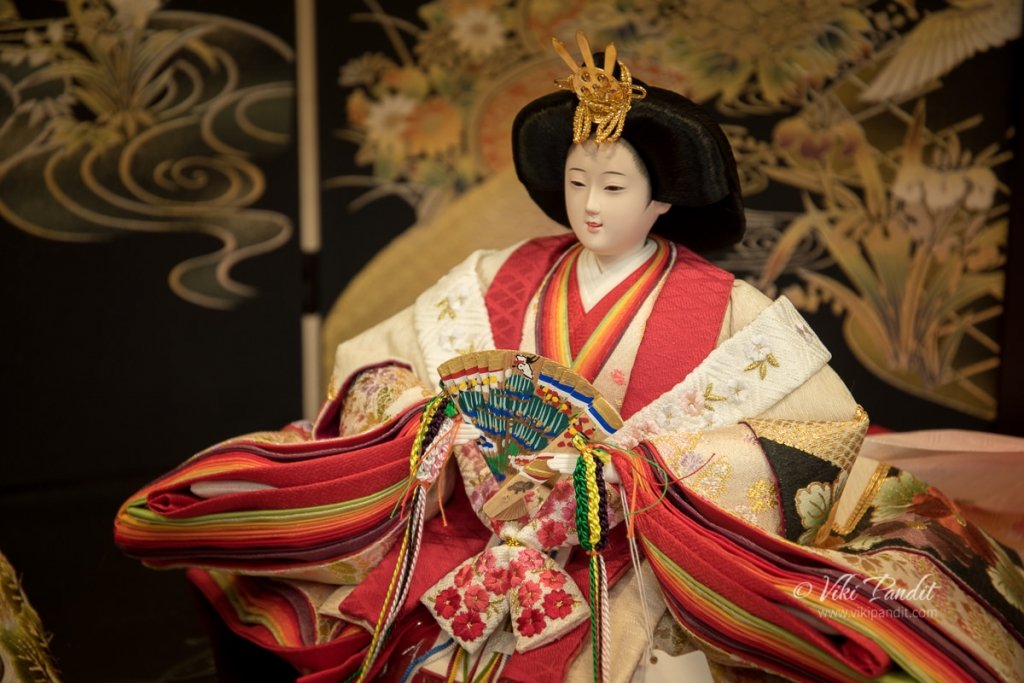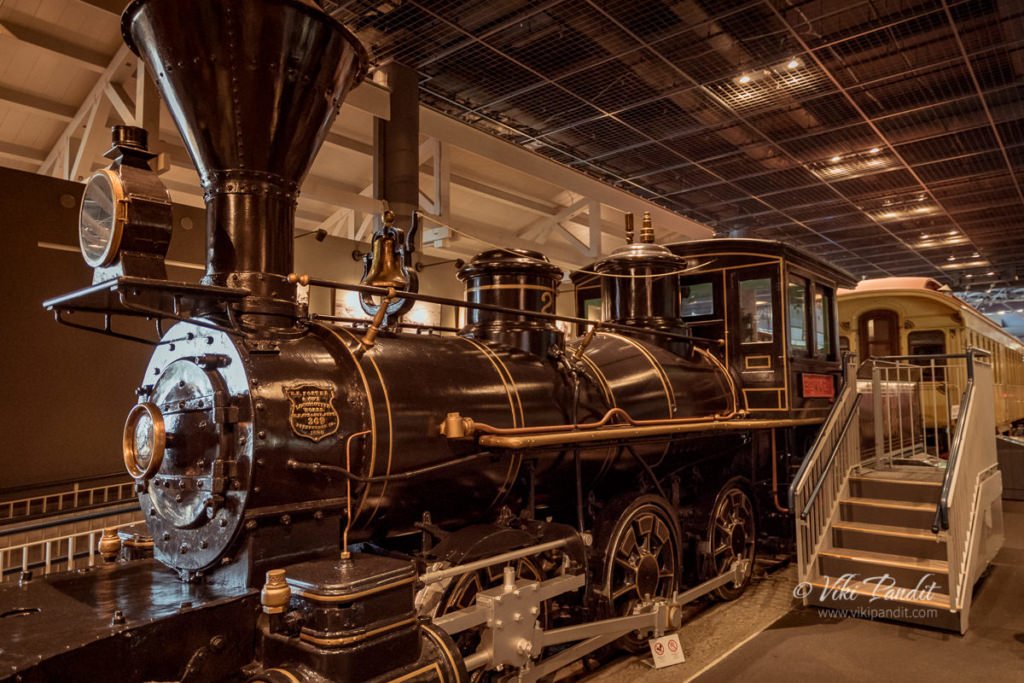
The cute dolls of Tougyoku Doll Museum
Today, we arrived in Iwatsuki to explore the remarkable Togyoku dolls at the Tougyoku Dolls Museum. The town is renowned for its rich doll-making heritage, boasting over 300 skilled doll-makers. This tradition dates back to the 1700s when the town’s Paulownia trees were discovered to be ideal for woodcarving. Soon the town became a center for the production of hina dolls, and the tradition continues to this day.
